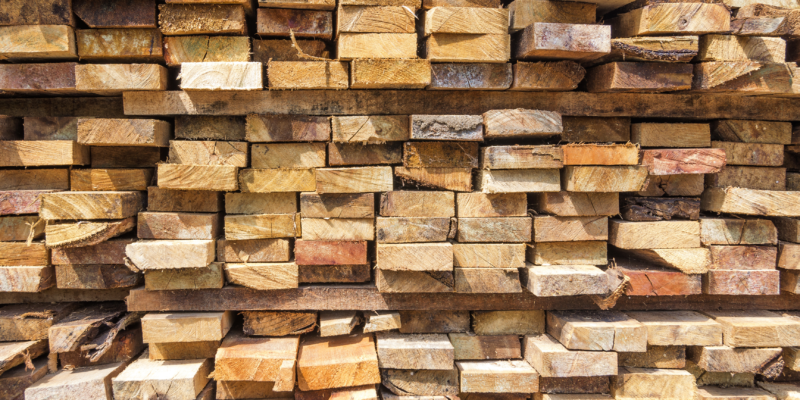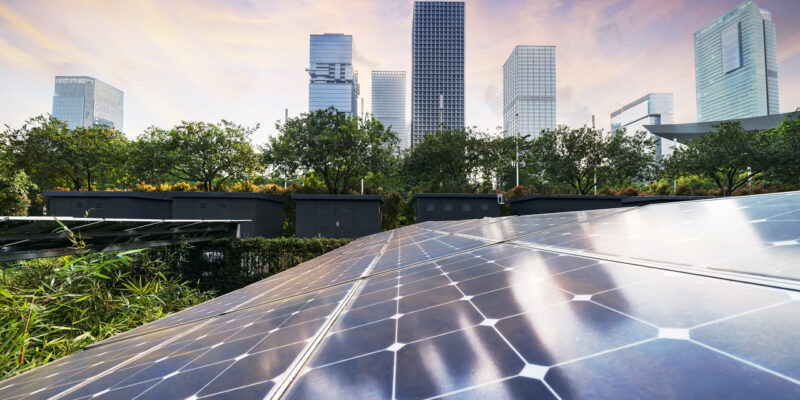If you go back through Steadfast’s blogs, you’ll find a lot of information about new, sustainable building materials. Whether it’s concrete strengthened with algae, buildings built with recycled steel, or solar roof shingles, we’re thrilled to see the construction industry moving towards a more sustainable future. That’s why we’re excited to see the Mass Timber industry booming in the U.S., Canada, Europe, and beyond.
What is Mass Timber?
Put simply, mass timber is made up of several solid wood panels held together by nails, glue or dowels. The compressed wooden layers are stacked either at 90 degrees or parallel, making these panels incredibly strong and a comparable alternative to steel and concrete. They are strong enough to withstand earthquakes, high winds, and other forces that previously prevented wood from being used as the main building component in large, multistory buildings.
Is it Sustainable?
Mass Timber is more sustainable with fewer embodied carbons, and requires less water and energy to produce than concrete or steel. Wood also stores carbon in its structure, meaning that Mass Timber buildings actually remove excess carbon from their environment. For example, an 18 story Mass Timber building has an annual negative carbon imprint the same as taking 2,350 cars off the road.
Forestry has also become more sustainable as the need for lumber has grown. Current practices mean alternating trees are cut down during harvest, allowing the remaining trees to grow taller without competing for sunlight, water, and other resources. Forest growth is also maintained by planting two saplings for every tree harvested, making sure that there will be plenty of timber available in the future.
Is it Fire Safe?
When most people think of wood buildings, their first concern is fire safety. Fortunately, Mass Timber generally exceeds current fire codes. In one study, a panel was exposed to 1,800+ degrees Fahrenheit for two hours and six minutes, longer than current code requires. The panels don’t only sustain the heat without a problem, but the outside layer of Mass Timber will char, insulating and protecting the inner layer. This means cleanup and building rehabilitation is often easier and faster.
Is it Cost Effective?
Yes, especially in comparison to concrete. Because Mast Timber panels come preassembled, they can cut down on construction traffic by 90%. Buildings are also constructed about 25% faster than those made predominantly from concrete. Because of this, projects can cost less with fewer safety risks to workers. While the panels themselves are usually more expensive than concrete, the overall cost to both the crew and the buyer is much less.
With all these benefits, we expect to see continued increases in Mass Timber construction. Steadfast, LLC has the modern tools and skilled staff you’re looking for to get your next Mass Timber (or any other type) project off the ground. Contact us today to see how we can help!


